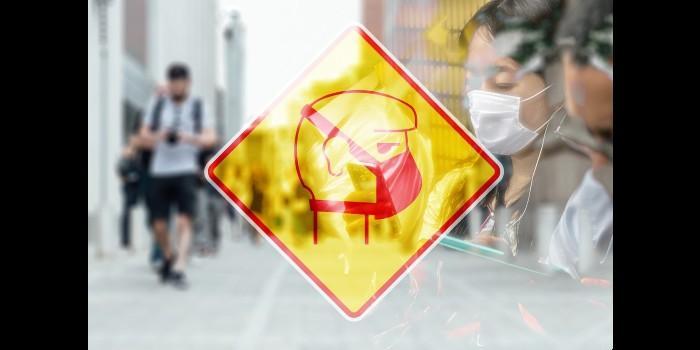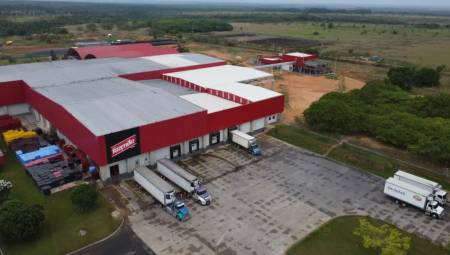 International. The coronavirus will have a greater negative effect on the global economy than the SARS outbreak in 2003. At the time of SARS, China was the sixth largest economy, accounting for only 4.2% of global GDP. China is now the second largest economy in the world and accounts for 16.3% of global GDP.
International. The coronavirus will have a greater negative effect on the global economy than the SARS outbreak in 2003. At the time of SARS, China was the sixth largest economy, accounting for only 4.2% of global GDP. China is now the second largest economy in the world and accounts for 16.3% of global GDP.
Therefore, any slowdown in the Chinese economy generates ripples around the world.
If the current and unprecedented lockdown measures in China are maintained until the end of February, and progressively lifted from March, the resulting economic impact will be concentrated in the first half of 2020, with a reduction in global real GDP of 0.8% in Q1 and 0.5% in Q2. In this scenario, the coronavirus and the resulting measures will reduce global real GDP by 0.4% in 2020. On the contrary, we expect the lifting of lockdown measures to add 0.4% to global real GDP in 2021, as well as the release of demand filters accumulated across the economy (see chart below).
On the other hand, if lockdown measures begin to increase on February 10, the impact on global GDP will be more limited, resulting in a 0.1% reduction in global GDP growth in 2020 and a 0.4% reduction in China's annual growth.
The effects of the coronavirus are more pronounced on household consumption and somewhat mitigated in the industrial sector because factories are seasonally inactive during this period. However, in many ways, China's economy is more vulnerable today than it was in 2003, with productivity and overall economic growth already slowing and the effects of the U.S.-China trade conflict.
Economic and industrial impact:
China's GDP has increased dramatically since SARS (Information from IHS Markit Economics and Country Risk)
Mainland China's economy was the sixth largest in the world in 2002, accounting for 4.2% of global GDP; it is now the second largest economy in the world, accounting for 16.3%.
Mainland China's impact on the world economy is also much greater now than during the SARS outbreak, meaning that slowing Chinese growth may be a significant drag on global growth. In 2002, China contributed 23% of global GDP growth, in 2019 China contributed 38% of global growth.
China's Participation in Global Manufacturing (Information from IHS Markit Economics and Country Risk)
China's share of global manufacturing value added increased from 6.7% in 2002 to 30.5% in 2019*
In that same span, China's share of global high-tech goods** value added increased from 7.2% to 26.3%
Manufacturing now accounts for 29.3% of China's economy, a marginal increase from 27.1% in 2002
Impact on Car Sales (Information from IHS Markit Automotive)
The 11 Chinese provinces that have announced an extended holiday period are normally responsible for more than two-thirds of vehicle production in China, with a crisis-induced first quarter production loss expected to be around 350,000 units (minus 7%) if idle until Feb. 10. 2020.
If the situation persists until mid-March, and plants in adjacent provinces are also idle, the disruption of the supply chain across China caused by parts shortages from Hubei, a major component hub, could have a far-reaching impact. In this scenario, IHS Markit predicts a potential production loss of more than 1.7 million units for the first quarter, or a decrease of approximately 32.3 percent from our pre-crisis expectations.
Oil Consumption and Trade (Information from IHS Markit Energy and Natural Resources)
In 2019, China's oil demand was 13.9 MM barrels/day or 14% of the world market versus 5.6 MM barrels/day in 2003, which is equivalent to 7% of global demand.
China accounted for half of the growth in global oil demand in 2019.
In 2003, China accounted for one-third of the growth in global oil demand.
Mainland China is now the world's second-largest importer, accounting for 10.4% of global imports of goods, compared with 4.0% of world imports in 2002.
* estimate, ** defined according to OECD standards
Source: IHS Markit.














